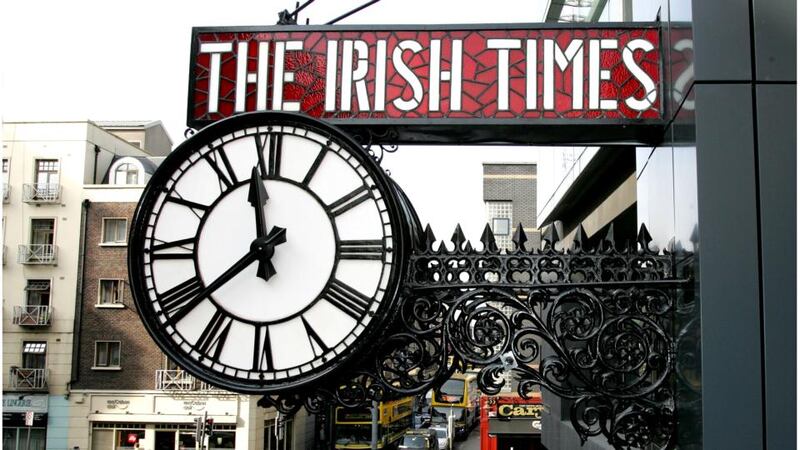England’s “800 years of oppression” in Ireland can be officially extended – by 25 minutes.
Along with Trevelyan’s corn, it turns out they also “stole” Irish time.
In 1916, months after the Easter Rising, the House of Commons in London introduced Greenwich Mean Time in Ireland and abolished Dublin Mean Time, which was 25 minutes behind.

As a consequence, when British clocks went back an hour for winter 1916 at 2am on Sunday, October 1st, Irish clocks only went back by 35 minutes to synchronise time in both countries.
The Irish people did not only lose 25 minutes of the extra hour in bed, the change was made permanent and prompted opposition from farmers, politicians, local councils and various business groups.
However, it did get support from The Irish Times of the day.
Countess Markievicz, one of the rebel leaders in the 1916 Rising and the leading woman in the Irish struggle for independence, complained bitterly about the measure in a previously unpublished letter which has come to light.
In 1918, writing to JH MacDonnell, a London-Irish solicitor well known for his republican sympathies, she claimed that the abolition of Dublin Mean Time was among various actions undertaken by the “English” government that would “put the whole country into the SF (Sinn Féin) camp”.
She claimed Irish “public feeling (was) outraged by forcing of English time on us”.
Until the late 19th century, time in Ireland and Britain was defined locally according to sunrise and sunset.
But the development of railway timetables and telegraphy required time to be standardised.
In 1880, the House of Commons introduced legislation to streamline time and defined time throughout Great Britain as Greenwich Mean Time.
In Ireland – where the sun, as measured by the Dunsink Observatory, rose 25 minutes and 21 seconds later than at Greenwich – time was officially defined as Dublin Mean Time.
But the settlement only survived 36 years and Dublin Mean Time was abolished, forever, when the House of Commons passed the The Time (Ireland) Act 1916.
Countess Markievicz’s hand-written letter, sent from 149 Leinster Road in Rathmines, is one of two by her consigned to Whyte’s auction of historical memorabilia in Dublin next month.
The fiery Countess did not just have time on her mind.
She also claimed that the “English” wanted to “exterminate us, even as Cromwell did”.
She lambasted plans to introduce conscription in Ireland for the British Army which she described as “butchers in Khaki”.
She hoped that Germany would win the (first World) War and wrote that “boys here look upon Ireland’s cause as a Holy one and England as the Powers of Darkness, (and) any one who died for Ireland is a martyr and goes straight to Heaven”.
Countess Markievicz was born Constance Gore-Booth and her father, Sir Henry Gore-Booth owned Lissadell House in Sligo.
She was sentenced to death by the British for her role in the Rising but the sentence was commuted to life in prison.
She was released a year later, in 1917, under a general amnesty.
A few months after writing these letters she became the first woman elected to the House of Commons, but like other Sinn Féin MPs, did not take her seat.
She acquired her title upon marrying a Polish émigré in London, Count Casimir Markievicz.











